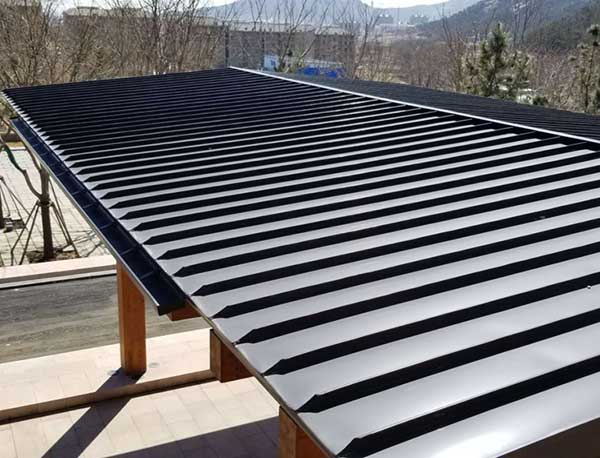To determine whether the aluminum plate you received is a 5052 grade aluminum plate, there are several methods you can use:
- Refer to the certificate or technical specifications provided by the supplier: Generally, the supplier will provide relevant aluminum plate certificates or technical specifications, which can be used to determine whether the aluminum plate you received is a 5052 grade aluminum plate.
- Check the labeling on the aluminum plate: 5052 grade aluminum plates are usually labeled with “5052” or other number combinations starting with “5052”, such as “5052-H32”. If the aluminum plate you received has these labels, it is likely to be a 5052 grade aluminum plate.
- Use chemical analysis methods: Aluminum plate samples can be chemically analyzed to detect the element composition of the aluminum plate and determine whether it is a 5052 grade aluminum plate. The main components of 5052 aluminum alloy are aluminum, magnesium, chromium, and other elements, and the content of these elements can be detected using chemical analysis methods.
- Measure the hardness: Different types of aluminum plates have different hardness, and the type of aluminum plate can be determined by measuring its hardness. 5052 grade aluminum plates usually have higher hardness, and measuring the hardness of the aluminum plate can determine whether it is a 5052 grade aluminum plate.
- Compare the strength: Different types of aluminum plates have different strengths, and the type of aluminum plate can be determined by measuring its strength. 5052 grade aluminum plates usually have higher strength, and measuring the strength of the aluminum plate can determine whether it is a 5052 grade aluminum plate.

aluminum-roof - Compare the density: Different types of aluminum plates have different densities, and the type of aluminum plate can be determined by measuring its density. The density of 5052 grade aluminum plates is approximately 2.68 g/cm³, and measuring the density of the aluminum plate can determine whether it is a 5052 grade aluminum plate.
- Test the heat treatment performance of the aluminum plate: 5052 aluminum plates have certain heat treatment performance, and their mechanical properties can be measured after heat treatment to test their heat treatment performance.
- Measure the resistivity: Different types of aluminum plates have different resistivity, and the type of aluminum plate can be determined by measuring its resistivity. The resistivity of 5052 grade aluminum plates is approximately 3.98 μΩ·cm, and measuring the resistivity of the aluminum plate can determine whether it is a 5052 grade aluminum plate.
- Use an electron microscope: An electron microscope can be used to observe the aluminum plate in high definition, including its crystal structure and microstructure, to determine whether it is a 5052 grade aluminum plate. The crystal structure of 5052 grade aluminum plates is relatively uniform without obvious grain boundaries, so it can be identified using an electron microscope.
- Use a spectrometer: A spectrometer can be used to analyze the aluminum plate’s spectrum to detect the element composition of the aluminum plate and determine whether it is a 5052 grade aluminum plate. Different types of aluminum plates have different element compositions, and a spectrometer can be used to identify them.
- Use an X-ray diffractometer: An X-ray diffractometer can be used to detect the crystal structure and physical properties of the aluminum plate, and determine whether it is a 5052 grade aluminum plate. Different types of aluminum plates have different crystal structures and physical properties, and an X-ray diffractometer can be used to identify them.
Contact Us!
E-mail: lomialuminum@gmail.com
Tel Whatsapp: +86 19339942739
Click our website: https://www.lomialuminium.com/aluminum-sheet-price/5052-aluminium-sheet/

